Xiaomi 16 Ultra: 1-Inch SmartSens Camera Sensor?

Xiaomi 16 Ultra: Will it steal Huawei’s 1-inch SmartSens Camera Crown?
Whoa, Xiaomi fans! A juicy rumor’s been swirling around the internet, and it’s got us all buzzing: the upcoming Xiaomi 16 Ultra, expected sometime mid-2026, might pack a game-changing 1-inch SmartSens camera sensor. This isn’t just any sensor; we’re talking about the same SC5A0CS that blew us away in Huawei’s Pura 80 Ultra. This article dives deep into this exciting possibility, exploring what it means for Xiaomi, its competitors, and – most importantly – you.
电子科技股份有限公司-专注CMOS图像传感器的创新与研发-1024x331.webp)
The SmartSens Revolution: Huawei’s Pura 80 Ultra and the SC5A0CS
Remember when everyone was raving about Sony and Samsung sensors? Well, meet SmartSens, a Shanghai-based company that’s making serious waves in the mobile photography world. Huawei’s Pura 80 Ultra, launched earlier this year (June 11, 2025, to be exact!), showcased their incredible SC5A0CS sensor. This 50MP 1-inch RYYB beast boasts a variable aperture (f/1.6 to f/4.0) and a mind-blowing 16EV dynamic range. Seriously, low-light photos are practically magical with this thing. And paired with that amazing 40MP ultrawide and dual-focus telephoto lenses? It’s a photography powerhouse.
This isn’t just a tech upgrade; it shows China’s growing independence in tech, especially given recent restrictions. Huawei’s using a sensor either developed in-house or in very close collaboration with SmartSens, a pretty bold move.
Xiaomi 16 Ultra: Joining the SmartSens Party?
So, here’s the tea: leaks, primarily from Indian tipster Kartikey Singh on X, suggest Xiaomi might be adopting this SmartSens sensor for the 16 Ultra. Now, Xiaomi’s never been shy about switching up its sensor suppliers—they’ve used Sony, Samsung, and OmniVision in the past (remember the 1-inch Sony LYT-900 in the Xiaomi 15 Ultra?). So, this isn’t completely out of left field. If true, the implications are huge. We’re talking a potential leap forward in low-light performance, dynamic range, and color accuracy – all complementing their awesome Leica-branded camera system.

What This Means for the Xiaomi 16 Ultra Camera
The Xiaomi 15 Ultra was already a photography beast, with its quad-camera setup featuring the Sony LYT-900. But if the 16 Ultra upgrades to the SmartSens SC5A0CS, expect a significant boost. That variable aperture is a game-changer, adapting brilliantly to different lighting situations. Combine that with Leica’s magic touch, and we might be looking at some seriously stunning images. Think richer colors, more detail, and jaw-dropping low-light shots.
However, we need to temper expectations. It’s still just a rumour, folks. The leak doesn’t confirm the SC5A0CS specifically, just a SmartSens sensor. Xiaomi might choose a different model. The Pura 80 Ultra set a high bar with its dual-focus telephoto and HDR tech; Xiaomi will undoubtedly aim to compete or even surpass that.
Implications and the Future of Smartphone Photography
The potential SmartSens adoption signals a broader trend: Chinese tech companies are increasingly prioritizing self-reliance. By partnering with SmartSens, Xiaomi reduces reliance on Western suppliers, a smart move in the current climate. This also significantly ups the ante in the flagship phone market. It’s a battle royale out there, with Samsung, Vivo, and others constantly pushing the boundaries.
For consumers, this means potentially incredible camera performance at a competitive price. While we’re looking at a mid-2026 launch (possibly July), the rumored camera alone makes the Xiaomi 16 Ultra a seriously hyped phone.
But remember, it’s all speculation for now. Let’s keep our fingers crossed and watch this space! The potential for a Xiaomi-Leica-SmartSens trifecta is incredibly exciting.
Conclusion: The Xiaomi 16 Ultra’s potential adoption of a SmartSens sensor could be a major game-changer, bringing top-tier camera technology to a wider audience. While unconfirmed, the possibility is thrilling, hinting at a future where Chinese innovation pushes the boundaries of mobile photography.
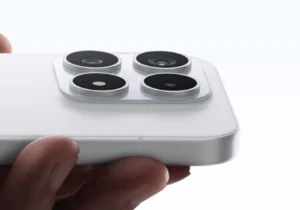

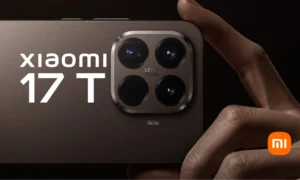
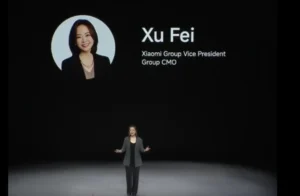
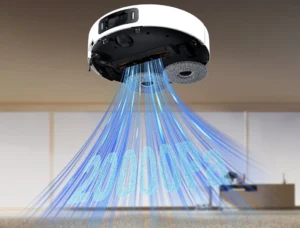
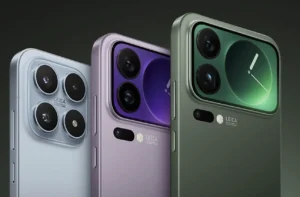


2 thoughts on “Xiaomi 16 Ultra: 1-Inch SmartSens Camera Sensor?”